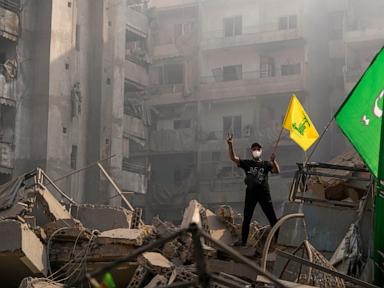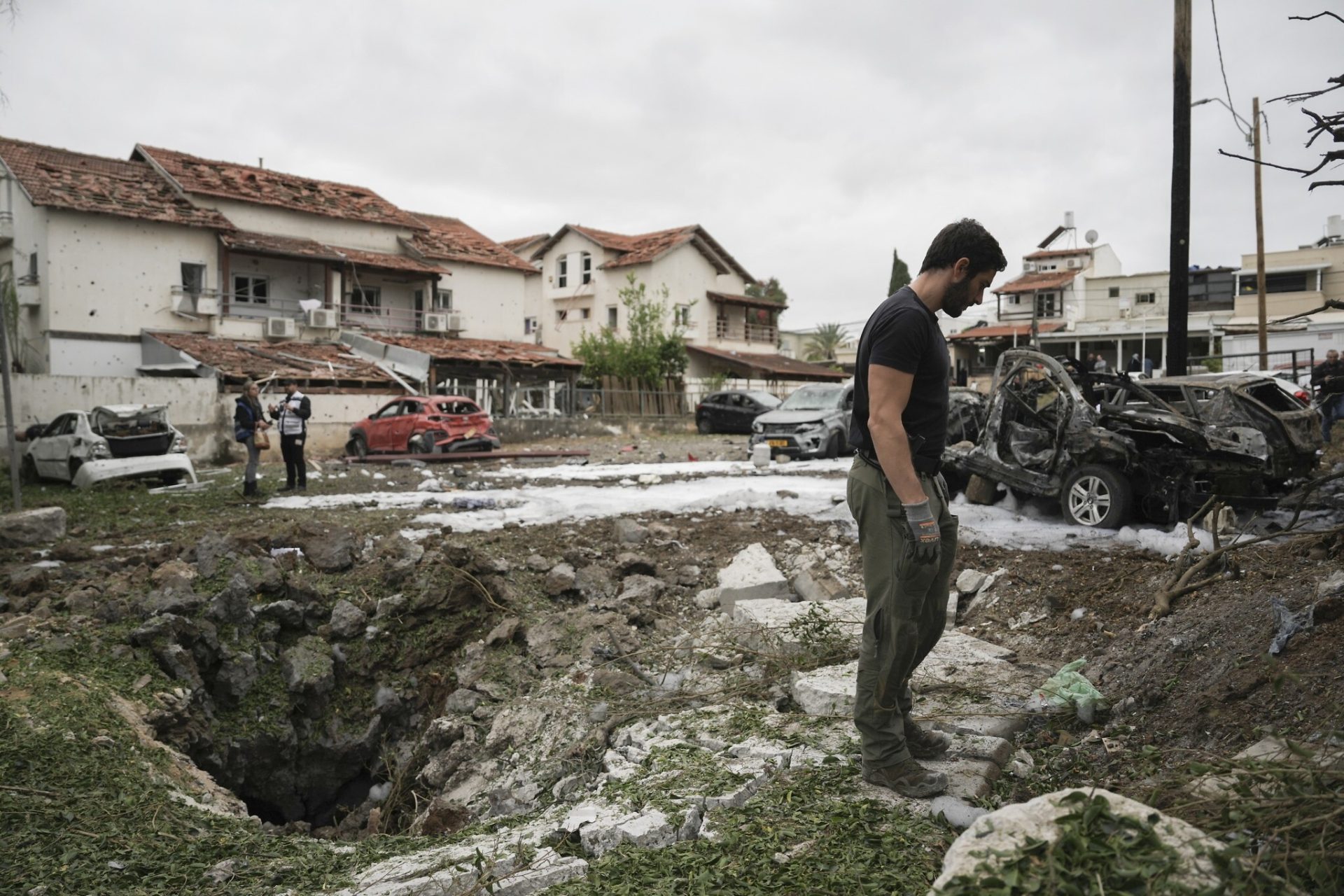ARTICLE AD BOX
THIS is the incredible moment Ukrainian drones take down Vladimir Putin’s spy craft in aerial combat caught on video.
The Wild Hornet squad’s aerial killing spree sees the Ukrainian drones get up close behind the flying Russian vehicles and detonate.
 X/@wilendhornets
X/@wilendhornets X/@wilendhornets
X/@wilendhornets X/@wilendhornets
X/@wilendhornets Wild Hornets
Wild Hornets
In a post to X today, the Wild Hornet group claimed to have taken down more than 100 of Putin’s unmanned aerials vehicles (UAVs) in drone to drone combat.
They said: “We have modified our drones to destroy the reconnaissance UAVs of the Russian invaders.
“The video shows only 10% of what the military has shot down using these drones.”
Typically, UAVs are reconnaissance drones and do not hold munitions themselves or are suicide drones.
The Wild Hornets have promised to take down many more with the drones able to fly at 90mph and carry 2kgs of explosives.
It is not clear where the Wild Hornets have taken down the Russian drones – whether over Ukrainian or Russian airspace.
Ukraine has invaded Russia and is holding onto land in Kursk – a surprise attack that has left Putin scrambling.
The Wild Hornets are a Ukrainian civilian drone building organisation that helps the country fight back against Putin’s illegal invasion.
The group was started by three men after they realised drone technology had changed the course of the war.
As the conflict broke out, Chinese manufactured drones were gaining importance at the front.
So, the founders of Wild Hornets set out to find engineers and donations to manufacture Ukrainian-made FPVs for the military.
One founder, Yuriy, told The Sun earlier this year their group provides drones to dozens of units.
In the spring of 2023, Yuriy said: “We managed to produce a batch of ten drones, which we sent to the military, and they destroyed two Russian tanks with them.
“And then we realised that this technology would change the course of the war. One drone worth £300 could disable a tank and another could completely destroy it.
 Reuters
Reuters Ukraine hits an army oil depot in Rostov with a successful drone strike
Ukraine hits an army oil depot in Rostov with a successful drone strike Highly-skilled operators stationed in a bunker near the frontline
Highly-skilled operators stationed in a bunker near the frontline“That’s how the story of the Wild Hornets began.”
Bombs are rigged to the drones as they are built in the homes of brave Ukrainians.
At the front, the drones are used as guided missiles and micro-bombers or aerial reconnaissance UAVs and frontline units are desperate to get their hands on them.
Russia is also taking advantage of using the drones and Ukraine is having to come up with new ways of destroying them.
Recent video released showed their Air Force shooting down a drone with a machine gun attached to a helicopter.
The chopper chases down a Shahed-136, known as a kamikaze drone, as the gunman tracks its path.
The gunner opens fire on the UAV before white smoke begins to pour from it and it dives to the earth.
The US has previously accused Iran of gifting Vlad hundreds of them for his cruel attack on Ukraine.
In May, the Wall Street Journal reported that according to Ukrainian Air Force data, Russia had launched 2,628 Shahed drones in just six months.
Ukrainian President Volodymyr Zelensky in 2022 labelled Vlad’s use of Iranian-made drones “a collaboration with evil”.
Kyiv’s recent drone attacks have also proved successful, striking a key oil depot in Rostov and even in a city some 500 miles from the border – Saratov.
Why has the Ukrainian invasion of Russia been so successful?

By Georgie English, Foreign News Reporter
A DARING Ukrainian military push into Russia’s Kursk region has become the largest attack on the country since World War Two.
Kyiv’s forces have seized scores of villages, taken hundreds of prisoners and forced the evacuation of tens of thousands of civilians.
After more than a week of fighting, Russian troops are still struggling to drive out the invaders.
Why has Russian military been caught so unprepared?
A long undefended border
Russia’s regions of Kursk, Bryansk and Belgorod share a 720-mile border with Ukraine – including a 152-mile section in the Kursk region.
And it only had symbolic protection before Moscow invaded Ukraine in 2022.
It’s been reinforced since then with checkpoints on key roads and field fortifications in places – but not enough to repel a Ukrainian assault.
The most capable Russian units are fighting in eastern Ukraine, leaving the border vulnerable to attack.
Element of surprise
Ukrainian troops participating in the incursion were reportedly only told about their mission a day before it began.
The secrecy contrasted with last year’s counteroffensive – when Ukraine openly declared its goal of cutting the land corridor to annexed Crimea.
Ukraine ended up failing as troops trudged through Russian minefields and were pummelled by artillery and drones.
But in Kursk, Ukrainian troops didn’t face any of these obstacles.
Battle-hardened units easily overwhelmed Russian border guards and small infantry units made up of inexperienced conscripts.
The Ukrainians drove deep into the region in several directions – facing little resistance and sowing chaos and panic.
Russia’s slow response
The Russian military command initially relied on warplanes and choppers to try to stop the onslaught.
At least one Russian helicopter gunship was shot down and another was damaged.
Moscow began pulling in reinforcements, managing to slow Ukraine’s advances – but failed to completely block troops.
 Reuters
Reuters Reuters
Reuters.png)
 2 months ago
3
2 months ago
3








 English (US)
English (US)